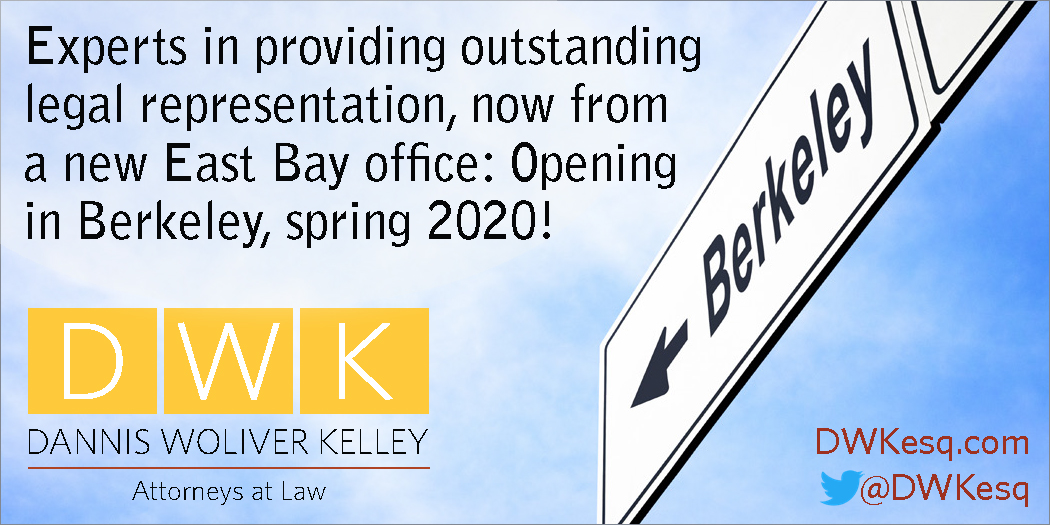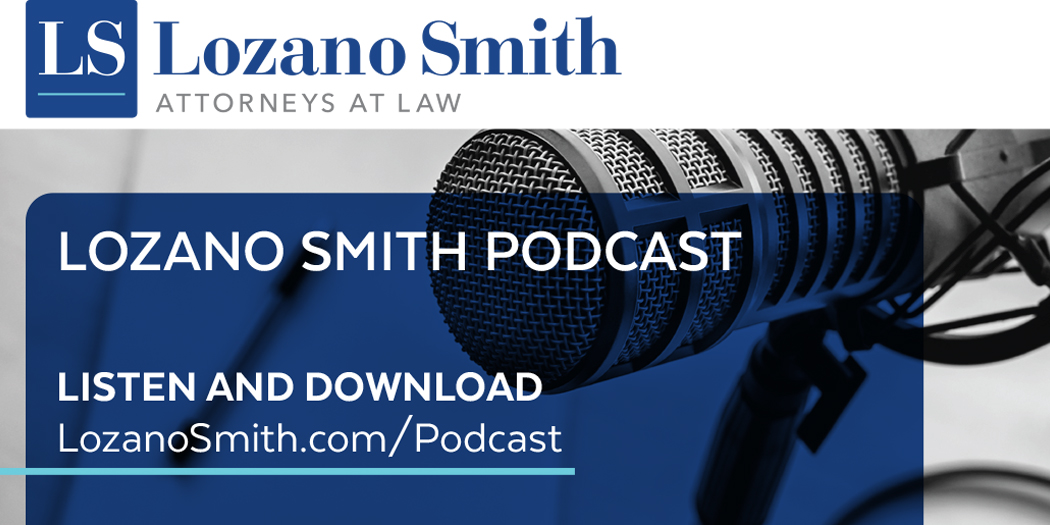

Funds would be available for the renovation and upgrade of existing classrooms, for campuses that increase student and staff safety, for classrooms and laboratories that enhance teaching and learning, for the construction and expansion of schools to accommodate growth, and for career technical education facilities to improve job and career training. A growing body of research has found that school facilities have a great impact on both student outcomes and issues such as teacher recruitment and retention.
In 2016, voters approved Proposition 51, which allocated $9 billion to school facilities. However, all of that bond funding has already been allocated, with districts and county offices waiting for the approval of roughly $2 billion in new construction and $2.6 billion in modernization projects. Forty-six and 61 school districts, respectively, are awaiting Prop 51 funds on the unfunded list for either new construction or modernization, according to the Office of Public School Construction. In an EdSource webinar that CSBA participated in last summer, Murdoch, Walrath & Holmes Legislative Advocate and Elk Grove Unified School District board member Nancy Chaires Espinoza emphasized the ongoing and urgent need for facilities funding. “New applications are being submitted at an annual rate of $600 million for new construction and twice that for modernization,” she said. The money that districts receive from Proposition 98 and the Local Control Funding Formula does not provide dedicated funding for school facilities.
California law imposes important guidelines on how and when boards can regulate public comment. Boards are tasked with finding a balance between ensuring sufficient time for individual speakers and sufficient time for comment from the entire community present at the meeting, and to complete a meeting with a lengthy agenda within a reasonable period of time. Boards are also tasked with keeping order at the meetings, ensuring an orderly discussion and exchange of information, with the ability to remove speakers who disrupt a meeting, if necessary. These laws allow boards to create reasonable limitations on public comment, within the framework of protecting the public’s right to participate and allowing the flow of ideas and viewpoints for the board’s consideration.
Boards should set procedures for meeting conduct through their board policies, including the procedures for public comment. CSBA’s model Board Bylaw 9323 provides an important resource for boards in conducting meetings and regulating public comment.

Senior Director of Communications:
Troy Flint | tflint@csba.org
Managing Editor:
Kimberly Sellery | ksellery@csba.org
Marketing Director:
Serina Pruitt | spruitt@csba.org
Staff Writers and Contributors:
Andrew Cummins | acummins@csba.org
Alisha Kirby | akirby@csba.org
Aaron Davis | adavis@csba.org
Briana Mullen | bmullen@csba.org
Mike Ambrose | mambrose@csba.org
Graphic Design Manager:
Kerry Macklin | kmacklin@csba.org
Senior Graphic Designer:
Mauricio Miranda | mmiranda@csba.org
Xilonin Cruz-Gonzalez | Azusa USD
President-elect:
Suzanne Kitchens | Pleasant Valley SD
Vice President:
Susan Heredia | Natomas USD
Immediate Past President:
Emma Turner | La Mesa-Spring Valley SD
CEO & Executive Director:
Vernon M. Billy
California School News (ISSN 1091-1715) is published 11 times per year by the California School Boards Association, Inc., 3251 Beacon Blvd., West Sacramento, CA 95691. 916-371-4691. $4 of CSBA annual membership dues is for the subscription to California School News. The subscription rate for each CSBA nonmember is $35. Periodicals postage paid at West Sacramento, CA and at additional mailing office. POSTMASTER: Send address changes to California School News, 3251 Beacon Blvd., West Sacramento, CA 95691.
News and feature items submitted for publication are edited for style and space as necessary.


This is not just a moral ambition, it’s a practical measure to improve overall student outcomes and help close opportunity and achievement gaps that shortchange our students and undermine our communities. In that light, it’s not surprising that Gov. Gavin Newsom’s 2020–21 budget proposal includes $900 million to address California’s teacher shortage. Like many of you, I would prefer increases to LCFF base funding, but, if the Governor is going to make targeted investments, educator preparedness is a good choice. Research repeatedly shows that teacher quality is the single greatest in-school factor related to student achievement. In fact, of all the issues affected by board policy, instruction is estimated to have two to three times the impact on math and reading outcomes than quality of services, facilities and even school leadership.
Students who have effective teachers are more likely to attend college and earn higher salaries. Research also shows additional value is offered by culturally competent, seasoned teachers who have experiences aligned with their students. A 2017 review of data from North Carolina and Tennessee found that for low-income African American males, having at least one African American teacher in elementary school reduced high school dropout rates by 39 percent. This was attributed to a number of factors including the role-model effect, and the likelihood that teachers with similar experiences or backgrounds as their students hold higher expectations, view their language and culture as assets and create a sense of belonging in the classroom.
![]() GovernanceCorner Practical tips from our MIG faculty
GovernanceCorner Practical tips from our MIG faculty
The governance handbook should be reviewed biannually in a regular board meeting or scheduled for review at a special board workshop. It is particularly important for boards to introduce and review the handbook when new members are elected or appointed.
When conducting a review of the governance handbook, board members may consider discussing the following:
- How effective are we in referencing the governance handbook throughout the year?
- Is the current handbook an accurate reflection of our unity of purpose, protocols and/or working agreements? What recent updates have we made that need to be reflected in our governance handbook?
- Do we need to revisit our unity of purpose, protocols and/or working agreements to reflect our current board and to be inclusive of newly seated board members?
The notice must advise the employee that the superintendent has recommended to the board that the employee be notified that his or her services will not be required for the following year, the reasons for the recommendation and the employee’s right to request a hearing to determine whether there is cause for the action. An employee must be given at least seven days from March 15 to request a hearing. The notices must be delivered in person or sent via registered mail to the last known address of the employee. See Education Code section 44949 for further details concerning the content of the notice.
Clickard is an outspoken and proud advocate for public education and Atascadero USD. He is also a champion of local control and believes in the importance of stakeholder and community engagement when it comes to providing direction for the district.
A beacon of hope in his community, Clickard knew he had to do something when parents from the district talked to him about the death of two former Atascadero students due to heroin overdoses. He is one of the founders of Lighthouse Atascadero, a nonprofit aimed at preventing substance abuse by youth in the community through awareness, prevention, intervention and education. Beginning with providing counselors at the district’s continuation high school, the Lighthouse project has grown to include a wellness center on the district’s main high school campus, a mentoring program, a student-run coffee company, after-school programs and resource centers in the community.

Included in the Legislature-ordered audit available at bit.ly/2RqkbYJ is an interactive graphic that allows users to see how many students each LEA reported as being homeless in academic year 2017–18 (the statewide identification rate was 6 percent).
This shift from simply learning and memorizing scientific concepts to engaging in sense-making practices to explain scientific phenomena also requires a shift in how teachers think about and approach science instruction.
“The new standards don’t just outline what students need to know, but also describe the types of scientific practices students should experience as they’re learning the content,” said CSBA Policy Analyst Mary Briggs. “Trustees can support ongoing professional learning opportunities to ensure teachers move from focusing primarily on the recall of facts to students also being able to explain their ideas and argue from evidence.”

Findings from a new Policy Analysis for California Education study presented at a Jan. 10 event in Sacramento show that one-third of 25 districts surveyed are not engaged at all in alignment efforts, while others are engaged to varying degrees. The full report, “PreK-3 Alignment: Challenges and Opportunities in California,” can be viewed here.
School districts provided an array of reasons as to why strengthening alignment between early education and K-12 schools has proven challenging, with costs and varying opinions on the rigor of early education programs among the most common barriers.
Although students have always been able to make requests for corrections in their student records, AB 711 explicitly outlines the responsibility of California local educational agencies to update the records of former students who identify as transgender and have transitioned after leaving the K-12 education system. Ensuring their legal name and gender are accurately reflected on critical documents such as high school diplomas and transcripts can be crucial for a student’s success post-graduation. Allowing transgender students to correct student records to match their preferred name and/or gender removes a significant barrier for employment, housing and continued educational opportunities. Students who present documentation with conflicting names and/or genders may face discrimination and unintentional disclosure of their transgender identity. Districts and schools can aid in students’ post-graduation transition by ensuring they have the correct documents to succeed.
A new report from The Education Trust finds that nationally, inequities exist largely because schools that serve mostly black and Latino students are not enrolling as many students in advanced classes as those that serve fewer black and Latino students; and racially diverse schools are denying black and Latino students access to those courses.
For its part, California would need to enroll an additional 37 black students in AP courses for every 100 black students statewide to achieve fair representation, according to a data tool (bit.ly/2TJs9Pn) from The Education Trust. The state’s schools would need to enroll an additional 21 Latino students for every 100 Latino students to achieve fair representation. Overall, black students are underrepresented in 39 of 41 states with comparable data, while Latino students are underrepresented in 39 of 48 states.
Student services
Mendocino COE provides instructional programs for students with unique needs, including special education for severely disabled students, court and community schools for incarcerated and expelled youth, and programs for students with children. Child care and child development programs are also provided.
State Superintendent of Public Instruction Tony Thurmond selected two county offices of education, Tulare and Riverside, to be a part of this effort. RCOE was chosen due to current literacy efforts, paired with unmet needs with which the new partnership can help. Additionally, working with the CDE allows partners to implement strong early learning efforts, work with established biliteracy programs and provide pathways to increase student access to books in their home language. There is also great potential for customized efforts to specific underserved student populations, such as English learners, Native American students, and homeless and foster youth.
“We are excited to partner with the California Department of Education on such an urgent and important issue — increasing our students’ reading abilities,” said RCOE Superintendent Judy D. White. “The achievement gap between white students and students of color is present before they even begin kindergarten. It’s critical all students are proficient readers, that we encourage and support a love of reading, and ultimately help to improve the literacy rates for all students in Riverside County.”
The Brown Act
Institute for New and First-Term Board Members
Local Control and Accountability Plan (LCAP) Training
Masters in Governance Courses 3 & 4
Masters in Governance Courses 3 & 4
Masters in Governance Courses 1 & 2
CCBE County Board Governance Workshop
Legislative Action Day
Masters in Governance Courses 3 & 4






